Teaching Critical Thinking
People need to know that they are capable of determining whether a source is credible. They don't need others (or worse, machines) doing it for them. I tell my students (adults ages 18-80+) to practice emotional skepticism before sharing stories, memes, or tweets. This means that they should consider the source of the information, see if they can find it verified elsewhere, and read the story themselves before sharing. They also need to know how to look outside the story for more information. What can they find out about the writer or publisher that isn't part of the PR for the site? I also recommend that they get their news from a variety of sources to cut down on the "echo chamber" of social media.


Hi Pamela:
Thanks for joining our conversation. I'm curious whether you get any pushback from your adult students when you teach them these skills? If so, what do they say and who do you handle it?
Hi Pamela, I agree that critical thinking is important, and you make a good point about the importance of checking the emotional response we have to information. I also agree that teaching students to look beyond the source -- to do lateral reading, in addition to looking into the source of the information -- is important. The advice of using a variety of sources can be helpful too.
But I wonder about teaching them that they don't need others to determine whether a source is credible. To a point I see what you mean: Facebook likes or retweets are a sign of virality, not credibility. But I re-read dana boyd's Did Media Literacy Backfire? every semester because I think it is an excellent cautionary tale in relying too much on teaching students to trust their own judgement, in a world where many of us are unaware of our own biases. We have a generation who do not trust the media, and in my classes, are unaware or unimpressed that editors and fact checkers at newspapers and other media outlets adhere to professional journalism standards. It doesn't help that some "media" outlets are actually not adhering to these standards and spreading propaganda. So it's complicated, teaching students how to recognize misinformation, and most of my students are as skeptical of reliable news sources as they are of unreliable ones. They also don't understand that some academic sources are biased by the funders, and that studies paid for by industry may get unwarranted press coverage, in part because their professors reinforce the idea that "scholarly" sources are better by requiring them in their assignments.
And many of them have no idea about balance bias -- when a news report appears to give equal weight to an alternative view that is not well based in science, for example climate deniers or lately, election fraud believers.
It's complicated for sure, and there is no easy solution.
I think that teaching a person how to think (i.e. critical thinking) is even more important than providing that person with a list of vetted resources. Like you point out, doing so empowers the individual to be self-sufficient. It's like the parable of giving a man a fish versus teaching him how to fish. The former will feed him for a day, the latter for his whole life.
Beyond knowing the proper steps of evaluating a source, people would benefit from a better understanding of how to evaluate arguments within even vetted sources. Just because a source is vetted doesn't mean it won't contain errors in reasoning. People can still draw wrong conclusions from good information.